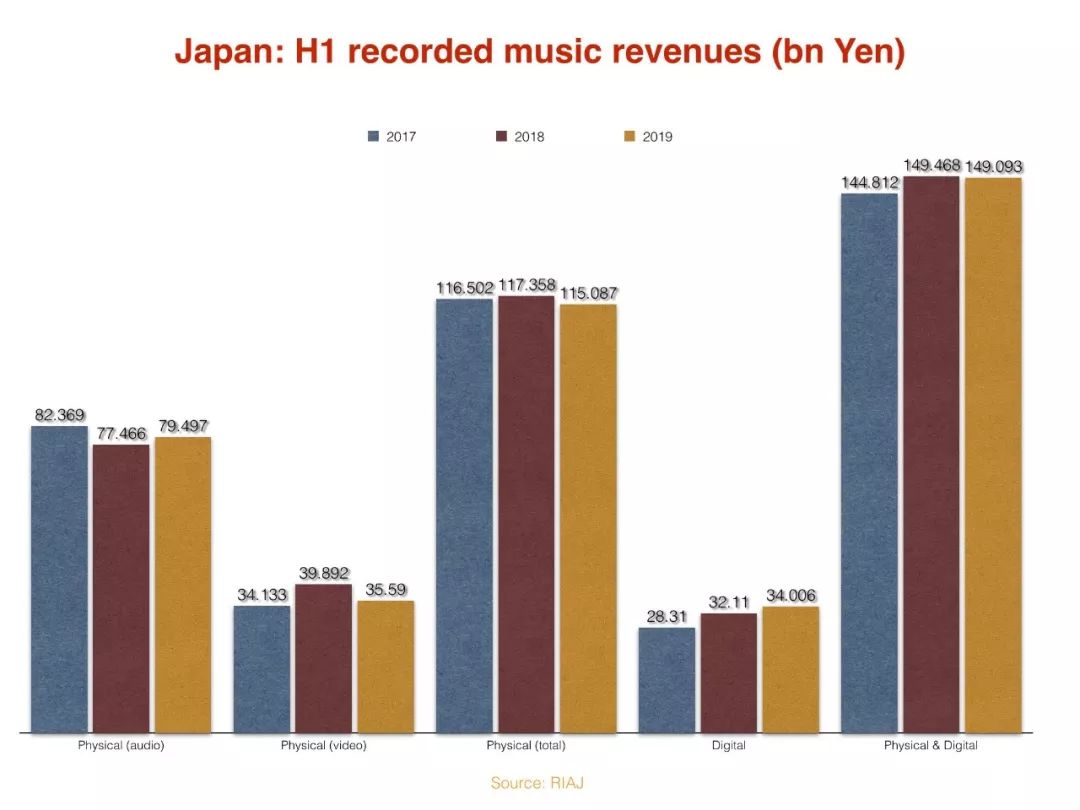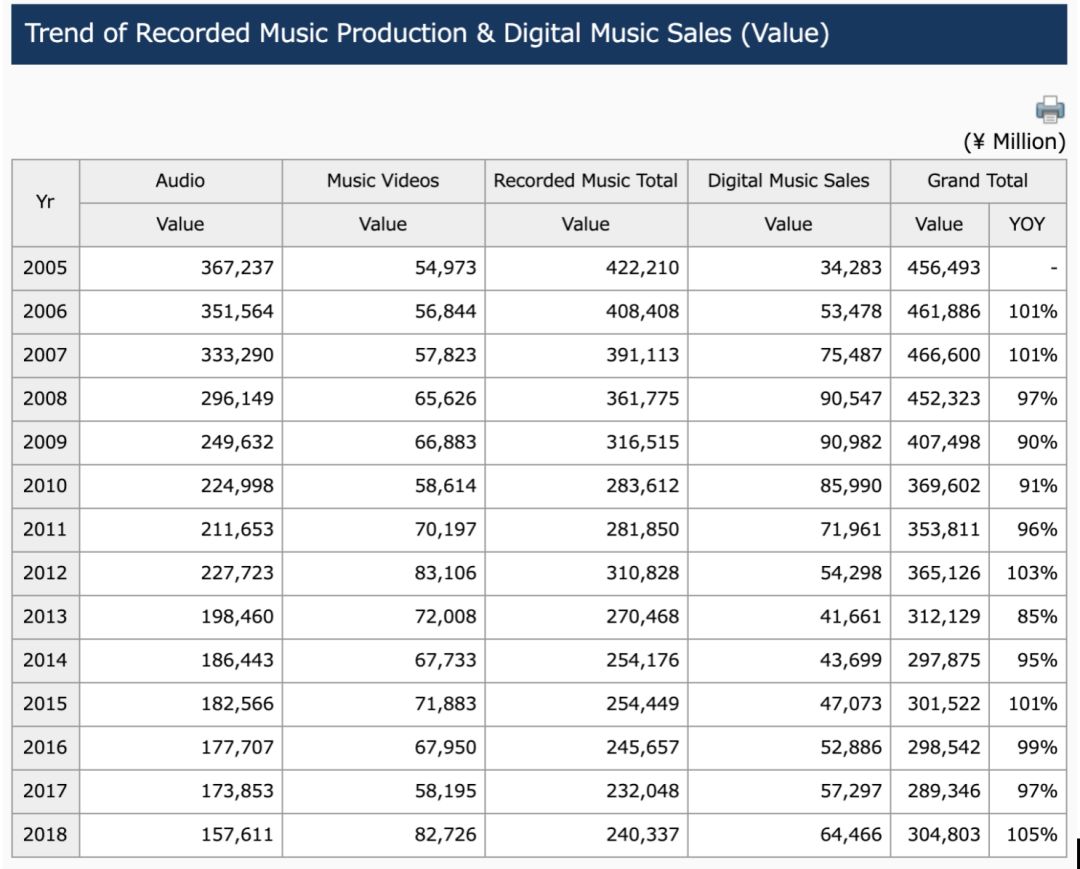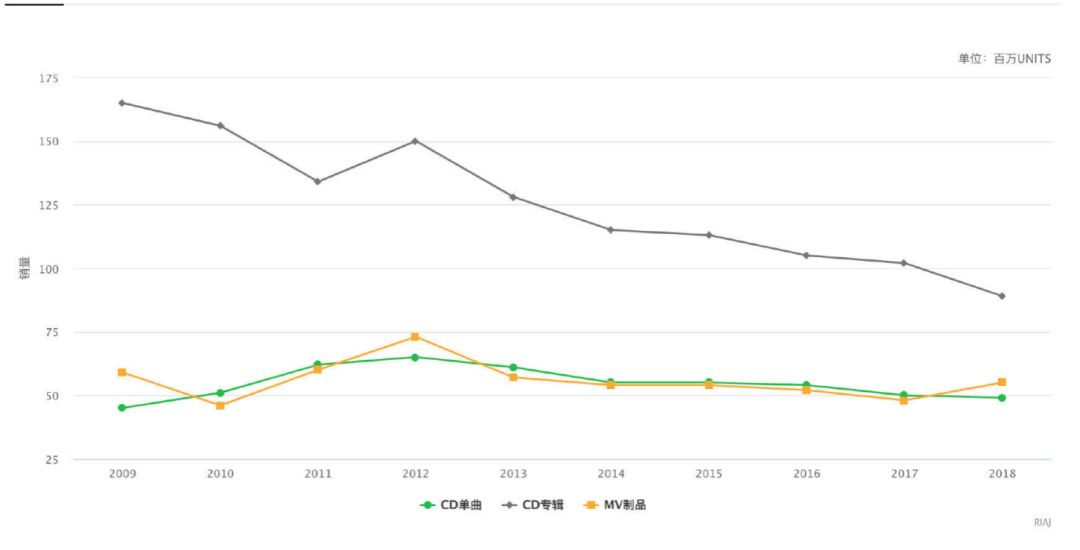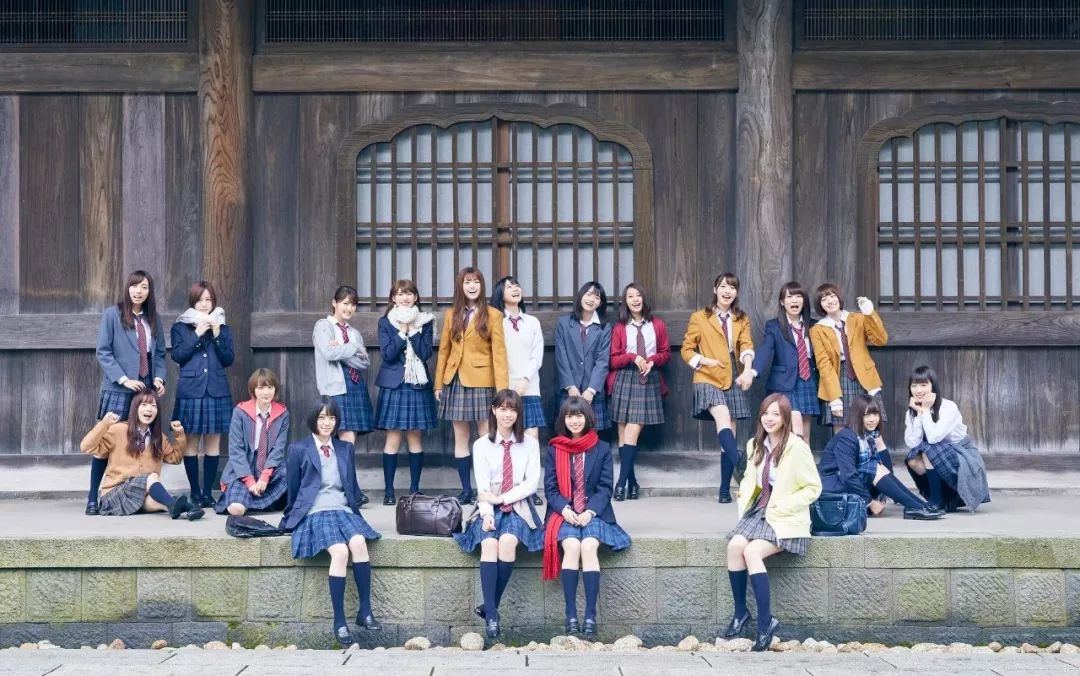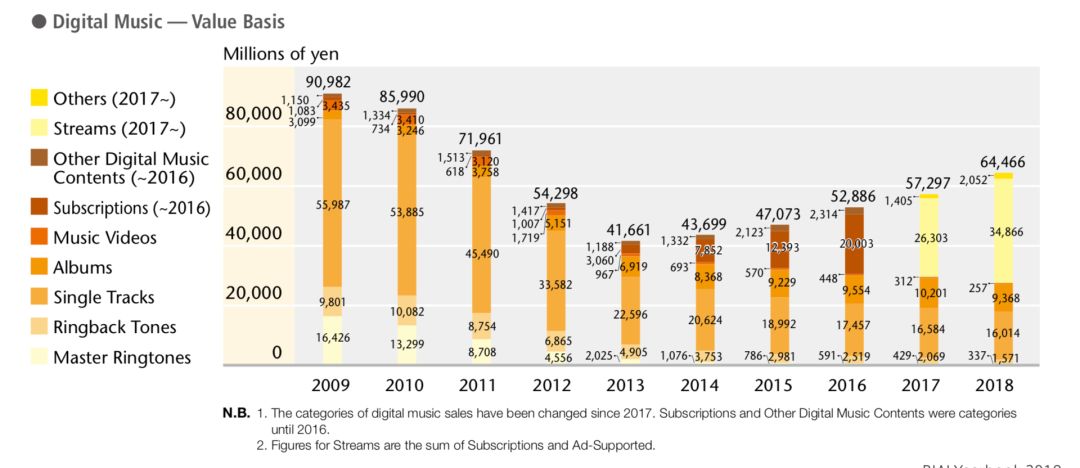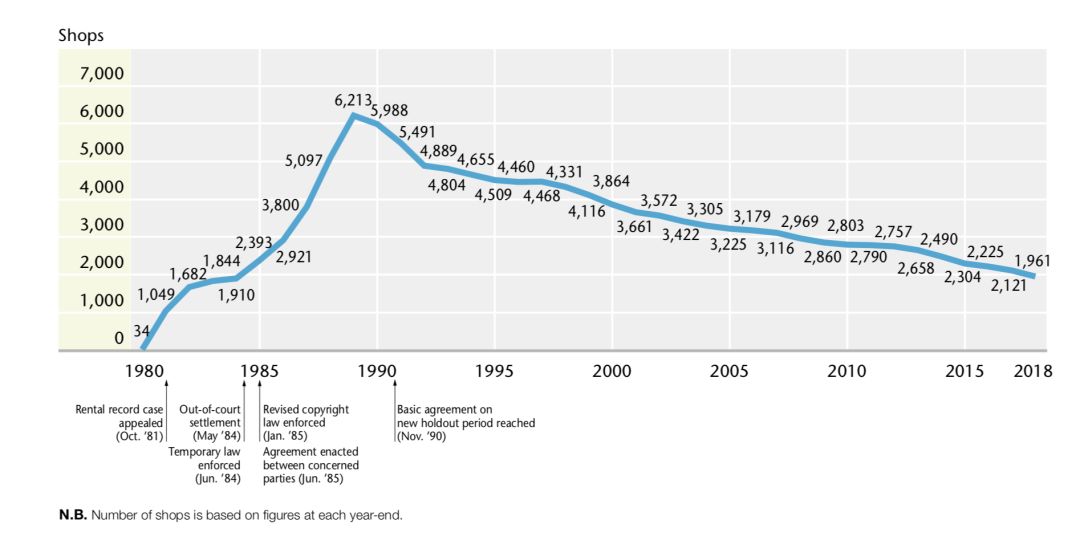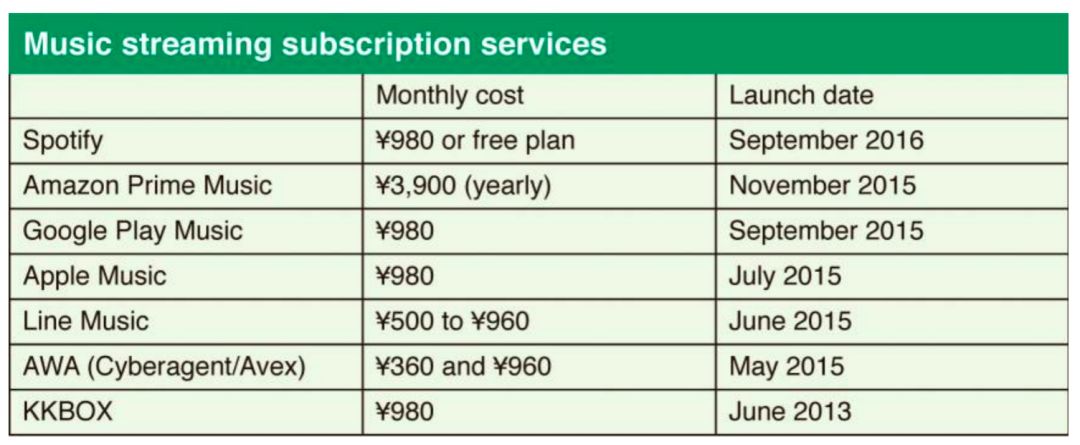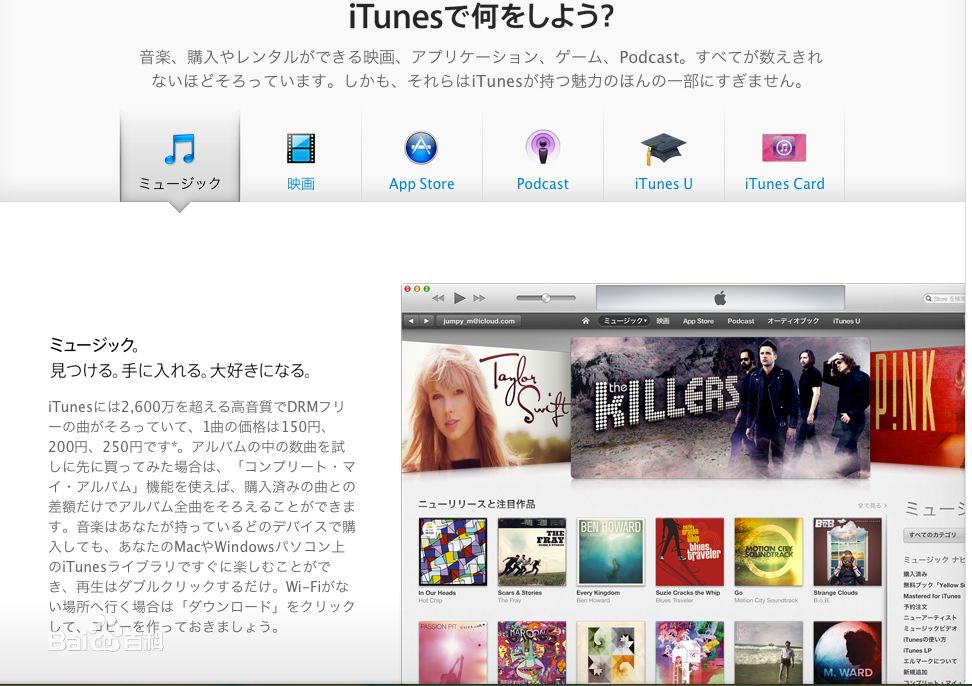The wave of streaming media will still come.
Editor’s note: This article is from WeChat public account “Music first sound” ( ID: nakedmusic), author Fan Zhihui.
August 27, according to data released by the Japan Recording Industry Association (RIAJ), the Japanese recording music industry earned 149.033 billion yen (about 1.35 billion US dollars) in the first half of 2019, compared with 149.468 billion yen in the same period last year. (about 1.37 billion US dollars) fell by 0.25%.
The main reason for the decline is becausevideo entities (DVD, Blu-ray Disc)Sales decreased by 10.8% year-on-year. Although audio entities (CD, vinyl, etc.) increased by 2.6% year-on-year, streaming subscriptions increased by 23.8% year-on-year, but due to lower pricing, the latter two growth quotas cannot fill the video entity Sales vacancies.
According to IFPI data, Japan, as the second largest market for recorded music in the world in 2018, generated $2.87 billion in revenue, second only to the United States. In the first half of 2019, music streaming subscription revenue accounted for 12.4% of total recorded music revenue in Japan, and physical record sales accounted for 53.3%. The entity still occupied half of Japan’s recorded music industry.
But historically, the physical industry of Japan’s physical empire is also facing a crisis. The data shows that Since 2005, physical record sales in Japan have been decliningstatus.
According to the RIAJ calendar year data, physical record sales have fallen to 240.3 billion yen in 2018, which is about 50% of the physical sales of 422.2 billion in 2005.
From the above picture, the sales of digital music is not always rising. In 2008 and 2009, the sales of digital music in Japan reached 90 billion, but this figure was only 64.4 billion in 2018. Shrinked into a third. This has indirectly led to a year-on-year decline in the size of the recorded music industry in Japan.
Under the double dilemma of continued decline in physical sales and slow growth in streaming media, the future of Japan’s physical empire looks less optimistic.
01The decline of the physical record industry
The RIAJ data shows that sales of Japanese CD albums have been declining since 2009, and the reason for the slower decline than other countries, in addition to local consumption habits, is more related to the local fan economy.
And what has to be mentioned is the large women’s idol super combination AKB48. The company will release physical singles and albums in various formats and versions to meet the needs of its otaku fans, such as different cover versions, video DVD versions, and more.
The album also includes special concert tickets, handshake coupons, and a voting card for the annual “election.” This marketing approach has led their fanatics to buy hundreds of copies and thousands of identical new albums. Some netizens pointed out that this phenomenon has caused “the Japanese physical music market is vainly high” and “full of sales bubbles created by various marketing methods.”
This alsohas led to a shift in the meaning of physical recordings – from the carrier of music to the simple form of merchandise. The “Japan Times” music reporter Ronald Taylor said: “This is not just about the music itself, it is more to support the idols in this way and have a closer experience.
Most people think that Japanese pop music is closely related to the idol industry, not the music itself. According to foreign media reports, AKThe B48 has sold more than 60 million albums, including more than 40 million singles, and is the throne of the Japanese idol group.
According to RIAJ’s report, the singles that sold more than 3 million in 2018 were launched by AKB48, and eight singles sold more than one million, including four from AKB48, and the rest from another female idol group Nogizaka46. This is illustrated again.
Japan’s music video products (DVD, Blu-ray CD, etc.) still maintain a certain amount of sales is also a major feature, its content is mainly a video of the singer concert. Since the singers still rely on the revenue of the tour week videotape, this content is not licensed to the video platform.
In addition, fans are also extremely pirated internally, and there is strict management of video tape outflows. Therefore, sales of video tapes in Japan have remained stable. So, the dayThe main decline in the record of this entity is still reflected in the sales of CD albums.
With the popularity of smartphones, consumers are becoming accustomed to using online music platforms instead of listening to songs using CDs. According to RIAJ data, Japanese digital music increased by 13% in 2018 compared with last year, reaching 64.5 billion yen, which has been growing for the fifth consecutive year.
There is a 3 year-on-year increase in streaming music3%, reaching 349100 million days Meta, up to 54%, for the first time over digital downloads (40%).
Based on RIAJ’s annual report, year 2018At the end of Japan, there were 1,961 record stores, which is the first time since 1984 that this number is lower than 2,000 stores. At the peak of the late 1980s, there were more than 6,213 record stores in Japan.
A RIAJ survey in 2016 found that 48.6% of respondents said they used CDs to listen to music, and 65.9% of respondents used YouTube to listen to music.
Spotify, as the world’s largest music streaming platform, has a resounding response in Japan, and is even less well known. The reason for this situation may be related to the Japanese singer’s habit of issuing physical records first and then digital distribution.
In Japan, only Spotify offers free value-added services supported by advertising. According to the chart below, it is necessary to spend about 360 yen to 980 yen per month to subscribe to streaming services in Japan. According to most platforms, the price is 980 yen (about 9.2 US dollars) per month, one year’s fee. It is 11,760 yen (about 110.5 US dollars), and the annual cost is about equal to the price of buying 3-4 physical albums.
In this context, an important factor in the rise of Japanese streaming services is that more and more pop singers are starting to publish their songs on streaming platforms, such as Matsuo Yuki, Inoue Yosho, and rock band Mr. Children. They are all digitally distributing their albums.
Based on “Japan Times“ reports, at least weekly An artist announced that he would upload his work in streaming media.
Foreign media believes that the Japanese music industry is shrinking – the Japanese recording industry maintains CD sales by boycotting digital music sales and streaming services, but it cannot always hinder the development of streaming services.
02 The road to streaming media development is hampered
It is clear that the excessively strict Japanese copyright law has hindered the development of streaming media.
In Japan, a record is usually 2,500 yen.It is about 3,000 yen (about $23 to $29), which is basically twice the price of most countries. Since the price of a physical record is subject to copyright protection, the record company will print the price directly on the cover and set a mandatory minimum retail price.
In view of the very stable pricing structure and good relationship and distribution model between record companies, distributors, retailers and governments, it also makes it difficult for overseas companies to penetrate the local market. For example, before 2012, Sony Music Japan allowed its content to be sold through iTunes, and iTunes was only launched in Japan in 2005.
At the same time, large global streaming companies like Spotify and Deezer have struggled to reach an agreement with the Japanese recording industry. Spotify entered the Japanese market in September 2016, in part because Japanese record companies rejected the free value-added service model supported by their ads.
At present, Apple Music, Google Play and KKBox do not offer “freemium” services in Japan.
At the same time, strict copyright laws also limit the cooperation between record companies and streaming media platforms. Tetsutaro Ono, founder of AWA Music, cites “In Japan, generally licensed content requires the music platform to take into account every copyright owner when designing the user experience, not just highlighting an individual. Blocking negotiations between the platform and some foreign copyright owners.”
Although Japan has such a strict copyright law, in 2019, the Japanese Cultural Affairs Bureau still decided to amend the Japanese copyright law and submit a draft. After the copyright law is amended, it is also an infringement to assume that users share lyrics on social media. According to the severity of the violation, you may be sentenced to imprisonment for up to two years and a fine of up to 2 million yen (approximately RMB 134,000).
The aging of Japan’s population is also slow in streaming media, and the proportion of physical sales is still as high as 79.The important reason for %. According to foreign media reports, the proportion of older people in Japan is higher than any other country, and it is also the country with the largest median age in the world.
Based on long-term consumption habits, its music consumption still relies on physical records. This phenomenon also occurs in the United States, and older people prefer to buy physical records. The main population of digital download and streaming services is teenagers or young people.
According to the report of the Japan Times, although Hamasaki Ayumi has taken the lead in distributing new songs on the streaming media, it is released earlier than the entity, but most singers do not accept this behavior. There is a lack of new songs on Japan’s streaming media platform, and the main publicity is also a variety of nostalgic tracks.
After all, the revenue of physical records is higher than that of streaming media, and it is understandable that record companies and singers make such decisions. The attitude of the artists to the streaming media is not positive, and the fans will naturally not be too interested.
As of February 2019, only 3 of the top 10 Billboard Japan Top 100 players can listen to Spotify. The lack of native content on streaming media platforms means that potential customers cannot see the value of this service.
The streaming service is not attractive enough to convince the label to release songs on the platform, which also leads to a non-benign cycle.
03 Conclusion
The major streaming media service providers have successively entered Japan, and there is no doubt that they have taken a fancy to this undeveloped land. Japan is still in the transition period from the physical era to the streaming media era. Merlin, the global independent digital copyright agency, pointed out in the report that “Japan’s digital music is steadily growing slowly.”
The low price and the convenience are the great advantages of streaming media. It is also difficult for Japanese consumers to resist this strong impact. If consumers can get a new experience on the platform—for example, discovering new music or revisiting the classics anytime, anywhere, the spread of Japanese streaming services will accelerate.
Shigeki Tanaka, senior vice president of Sony Music Entertainment in Japan, said in an interview that “streaming media will become the most important music listening method in Japan, and the upcoming 5G era may accelerate this trend.”
The times are changing and the trend is unstoppable. Despite Japan’s harsh copyright laws, seemingly stubborn physical consumption habits, and record companies and entertainers trying to delay change, the wave of streaming media is still coming.
